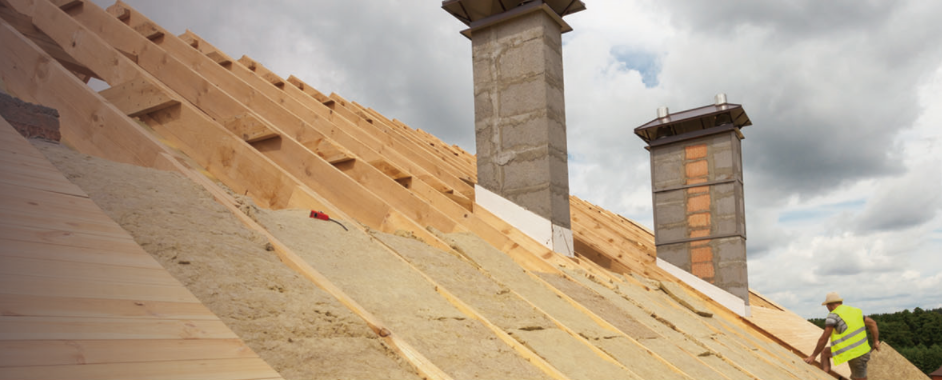Questions and answers about Hairui rock wool knowledge:

Question 1: What is rock wool?
Rock wool is a thermal insulation material produced with basalt as the main raw material. Its main production process is that basalt is melted at a high temperature to form a liquid, and then centrifuged to produce light fibers with a certain length and density, and then solidified and shaped to obtain different Rock wool products of bulk density and specifications.
Question 2: The difference between rock wool and slag wool?
(1) The raw materials used in the production process are different. Slag wool is referred to as mineral wool. Its main raw materials are metallurgical slag and other industrial waste residues and coke, while the main raw materials of rock wool are natural rocks such as basalt.
(2) Different physical properties: Due to different raw materials, their physical properties are also different. In general, the acidity coefficient of slag is about 1.1-1.4, while the acidity coefficient of rock wool is about 1.4-2.0. Because the acidity coefficient of slag is low, that is, it contains more alkaline oxides, so mineral wool There is a certain amount of hydraulically active dicalcium silicate in it, which means that the stability and water resistance of mineral wool under heat and humid environments are much different from rock wool, so ordinary slag wool board cannot Used for insulation of building exterior walls.

Question 3: Will it harm your health?
IARC has transferred rock wool from GROUP2B to GROUP3. It does not contain asbestos. Rock wool will not have carcinogenic effects on the human body. During use, it will not release toxic and harmful gases, even in a fire, without smoke or dripping. It can effectively prevent the spread, and the biodegradable fiber can be easily dissolved and excreted even if it is inhaled into the human body.
Question 4: What is an external wall thermal insulation system, and is rock wool suitable for external wall thermal insulation composite systems?
Answer: The external thermal insulation system (external thermal insulation system) is a general term for non-load-bearing thermal insulation structures that are composed of insulation layers, protective layers and fixing materials (adhesives, anchors, etc.) and are suitable for installation on the outer surface of external walls.
Rock wool external wall thermal insulation system has the advantages of low thermal conductivity, good air permeability, and high combustion performance level. It can be applied to the energy-saving and thermal insulation of the external walls of newly built, expanded, and renovated residential buildings and public buildings, including external thermal insulation, non-transparent Fire barrier for curtain wall insulation and EPS external insulation system. It can be used in conjunction with thermal insulation materials whose combustion performance does not reach Class A to improve the fire protection function of the outer wall of the building. Rock wool is an excellent thermal insulation product for external wall thermal insulation composite systems. Not only that, because of its non-combustibility, rock wool is also a building fire safety solution and is regarded as the preferred material and solution for high-rise buildings.
